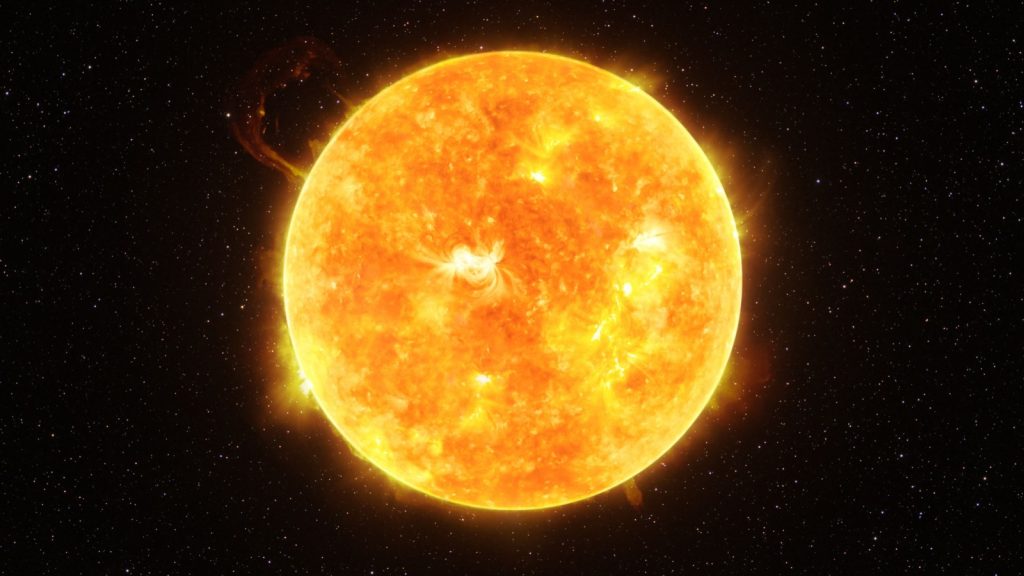Our sun, an immense sphere of burning gas, and the centerpiece of our solar system, influences every aspect of life on Earth. But despite its everyday presence, many of us know little about its complexities and the pivotal role it plays.
Here are some remarkable facts about the sun that may change the way you think about this celestial giant.
The Sun Is Unimaginably Huge

The sun is incredibly large, capable of holding about 1.3 million Earths inside if it were hollow. Although it’s big compared to Earth, there are even bigger stars out there.
Our star’s size plays a crucial role in keeping Earth and other planets in their orbits and supports all life on Earth through its light and warmth. During a solar eclipse, when the moon covers the sun perfectly, we get a glimpse of just how precisely everything in space aligns.
The sun has been shining for about 4.6 billion years and has enough fuel to keep going for another 5 billion years. Eventually, it will expand, possibly swallow Earth, and then shrink into a much smaller star. This shows not only how huge the sun is but also how important it is for everything on Earth and its place in the universe.
The Sun Is Mostly Made of Hydrogen and Helium
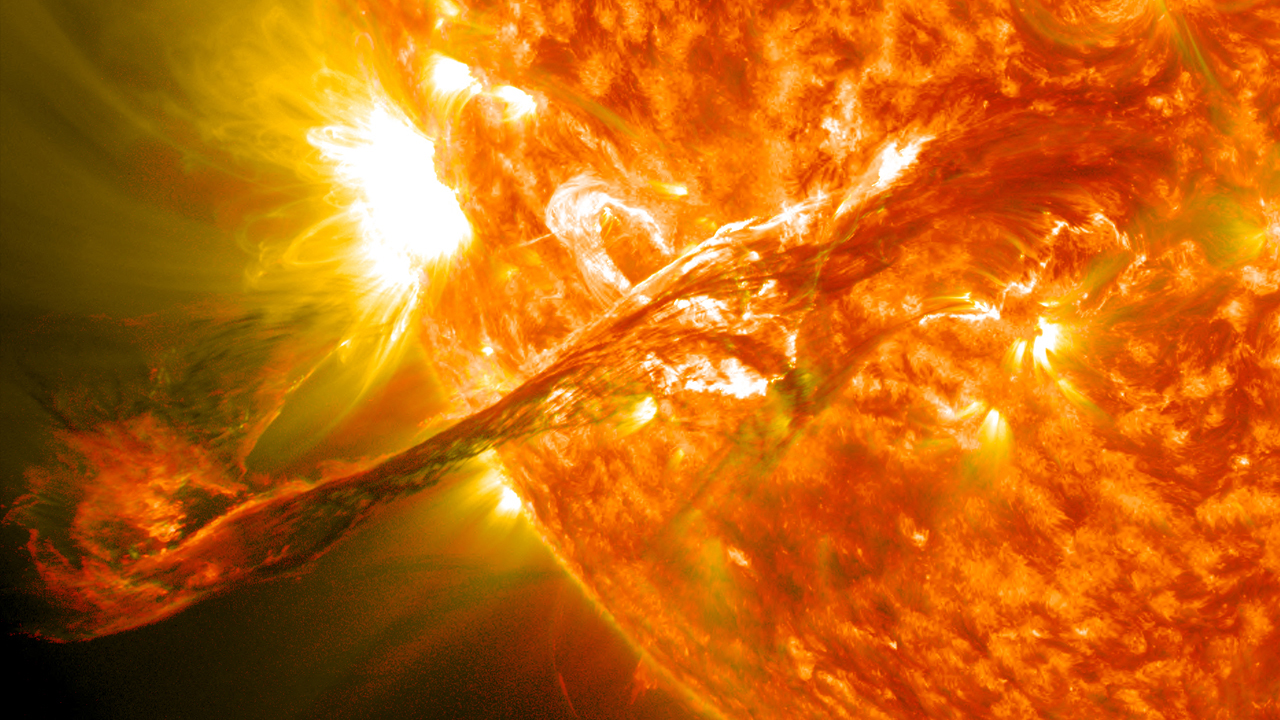
About 74% of the sun’s mass is hydrogen, and another 24% is helium. The remaining 2% is made up of heavier elements like oxygen, carbon, and iron.
Hydrogen and helium are the simplest and most abundant elements in the universe. These elements play crucial roles in the structure and function of the sun, particularly through nuclear fusion, which powers our star and influences everything from its light emission to its lifecycle.
The Sun Is Constantly Losing Mass
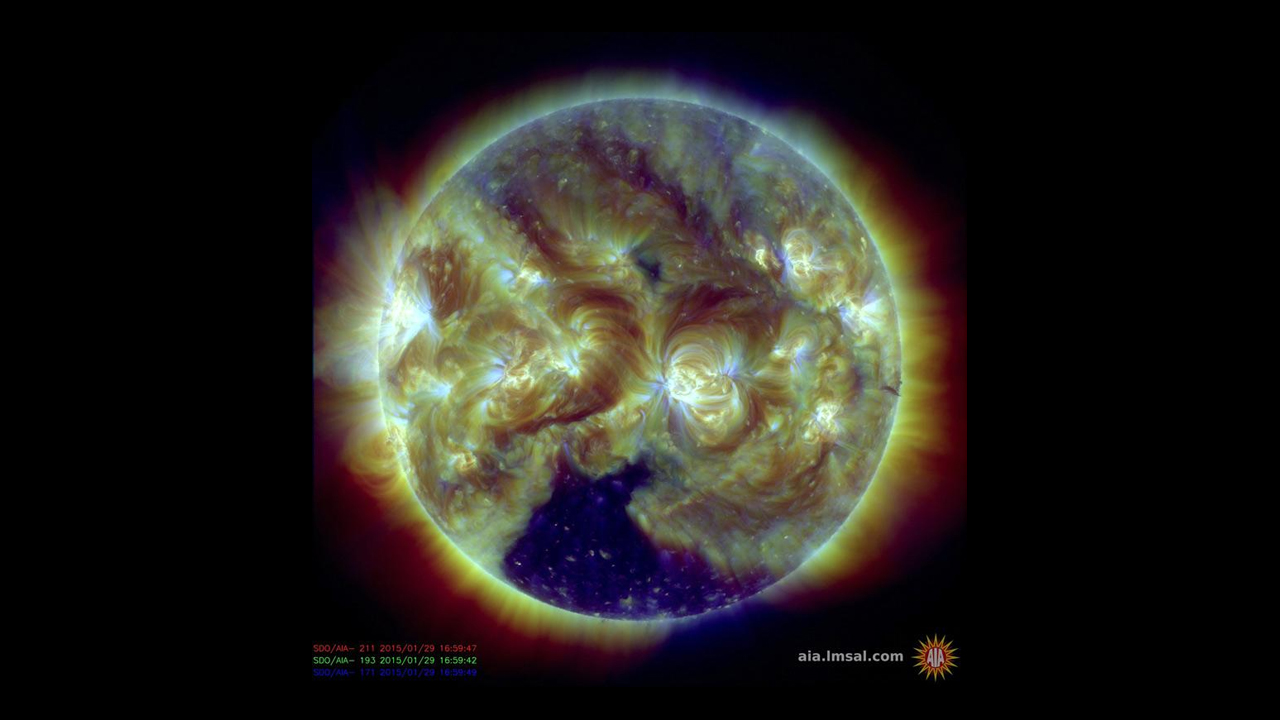
The fact that the sun loses approximately 4 million tons of mass every second might sound alarming, but it’s a normal part of the stellar lifecycle and has crucial implications for the sun and our solar system. This mass loss occurs through the nuclear fusion reactions at the core of the sun, where hydrogen is converted into helium, releasing energy in the process.
The Sun’s Surface Temperature Is Around 10,000 °Fahrenheit
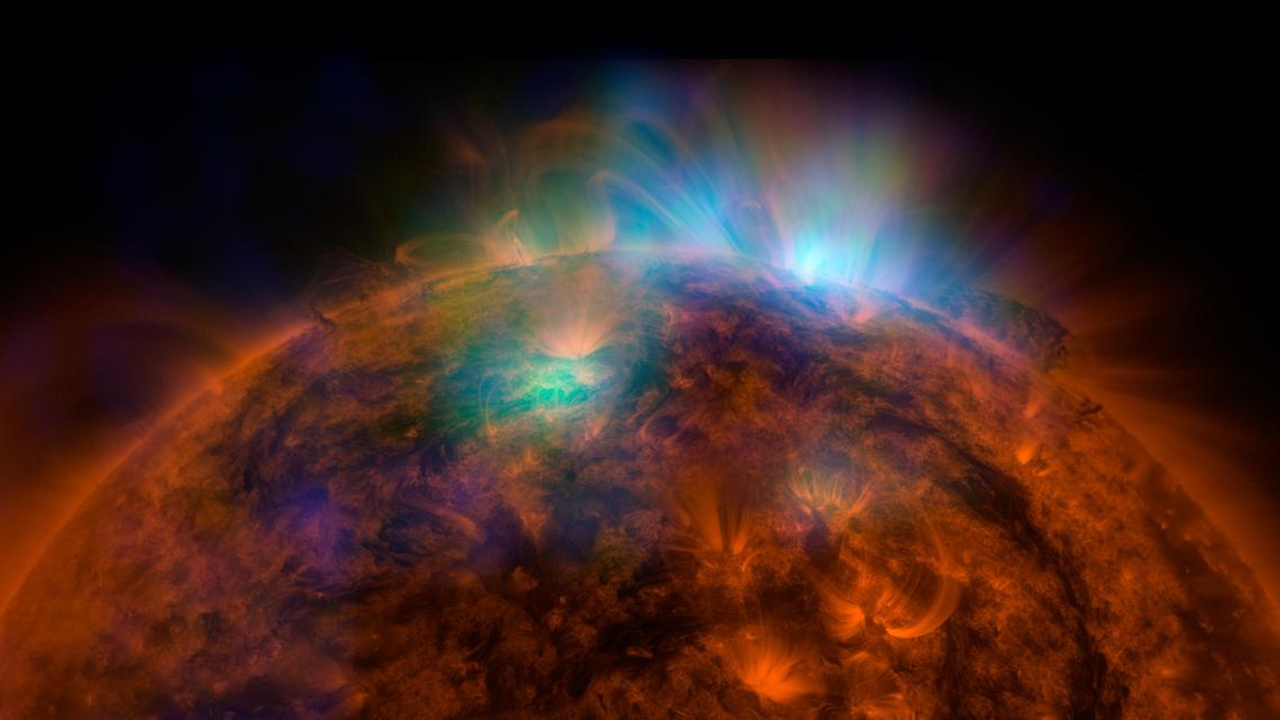
The sun’s surface is so hot that it would instantly vaporize any spacecraft or astronaut that got too close. The temperature at the sun’s core is even hotter, reaching about 27 million degrees Fahrenheit.
The sun’s surface and core are extremely hot, and this intense heat is essential for how the sun works as a star. These high temperatures are not only important for understanding space science but also have significant effects on technology and communication systems here on Earth.
The Sun Is Not Actually Yellow
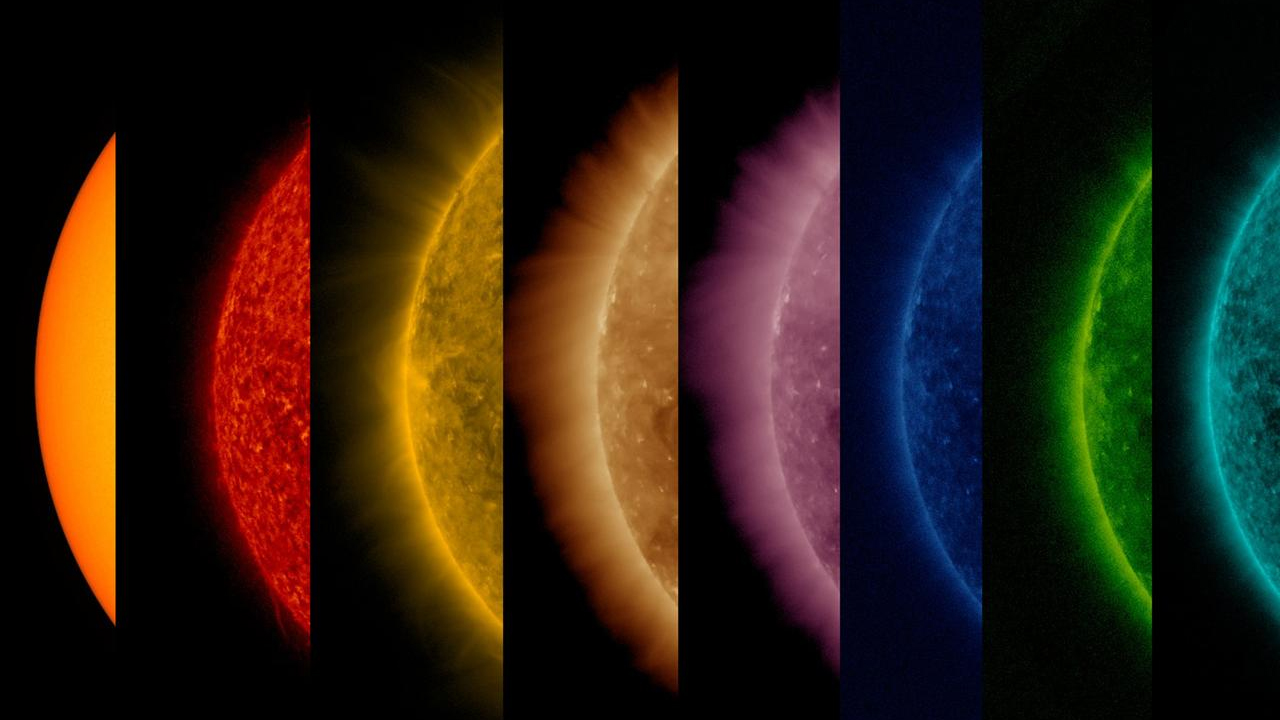
The sun only appears yellow to us because of the way Earth’s atmosphere scatters the sun’s light. In reality, the sun is white. If you could see it from space without any atmospheric interference, it would appear as a brilliant white star.
The Sun Rotates Faster at Its Equator Than at Its Poles
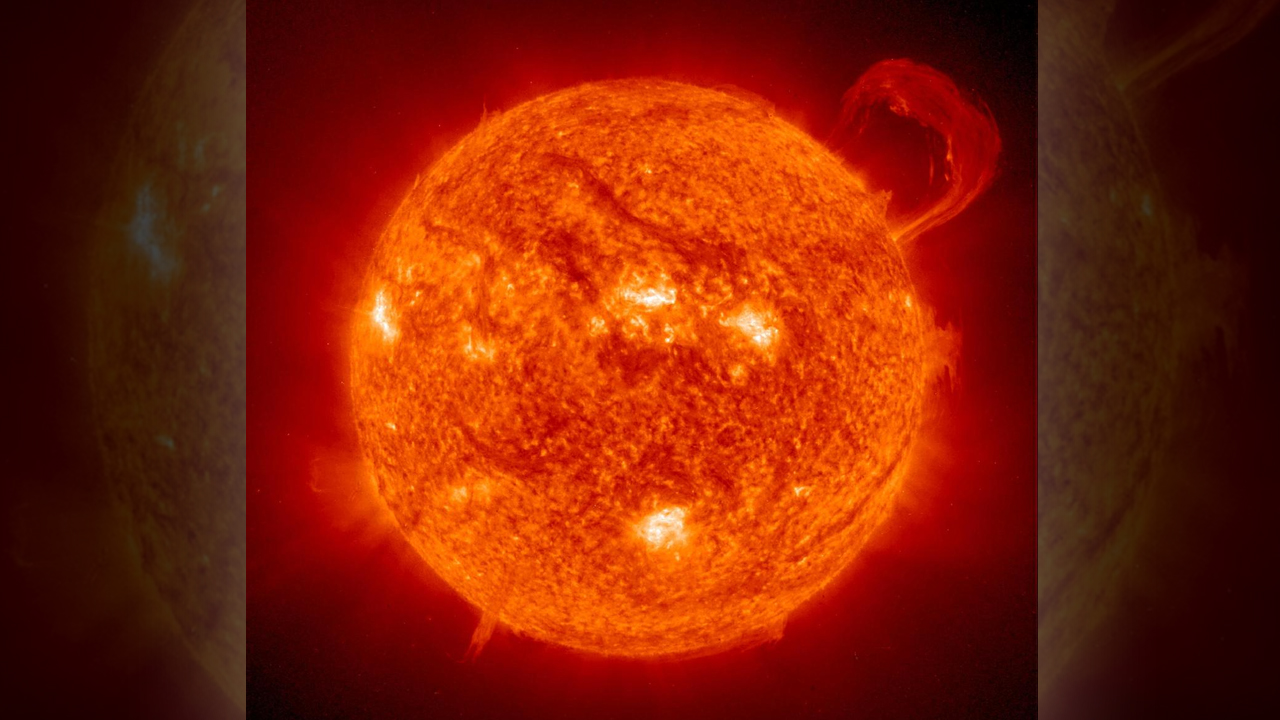
As a giant ball of gas, the sun exhibits what is known as differential rotation, where different parts of the sun rotate at different speeds. The sun’s equator rotates once every 25 days, while the poles take about 36 days to complete a rotation.
The sun’s rotation is indeed a fascinating aspect of its behavior, differing significantly from the rotation of solid bodies like Earth.
The Sun Has a Powerful Magnetic Field

The sun’s magnetic field is indeed a powerful and influential force, extending well beyond its surface and playing a critical role in shaping many phenomena within the solar system, such as the auroras we see on Earth.
The sun’s magnetic field is generated in its interior through a process known as the solar dynamo. This involves the movement of conductive plasma within the sun, which generates electric currents.
These currents, combined with the differential rotation of the sun (where the equator rotates faster than the poles), create a complex and dynamic magnetic field.
The Sun Is Middle-Aged

The sun is currently in the middle of its life, classified as a main-sequence star. It has been shining for about 4.6 billion years and is expected to continue for another 5 billion years.
Eventually, the sun will exhaust its hydrogen fuel, expand into a red giant, and finally collapse into a white dwarf.
The Sun Is Constantly Bombarding Earth With Particles
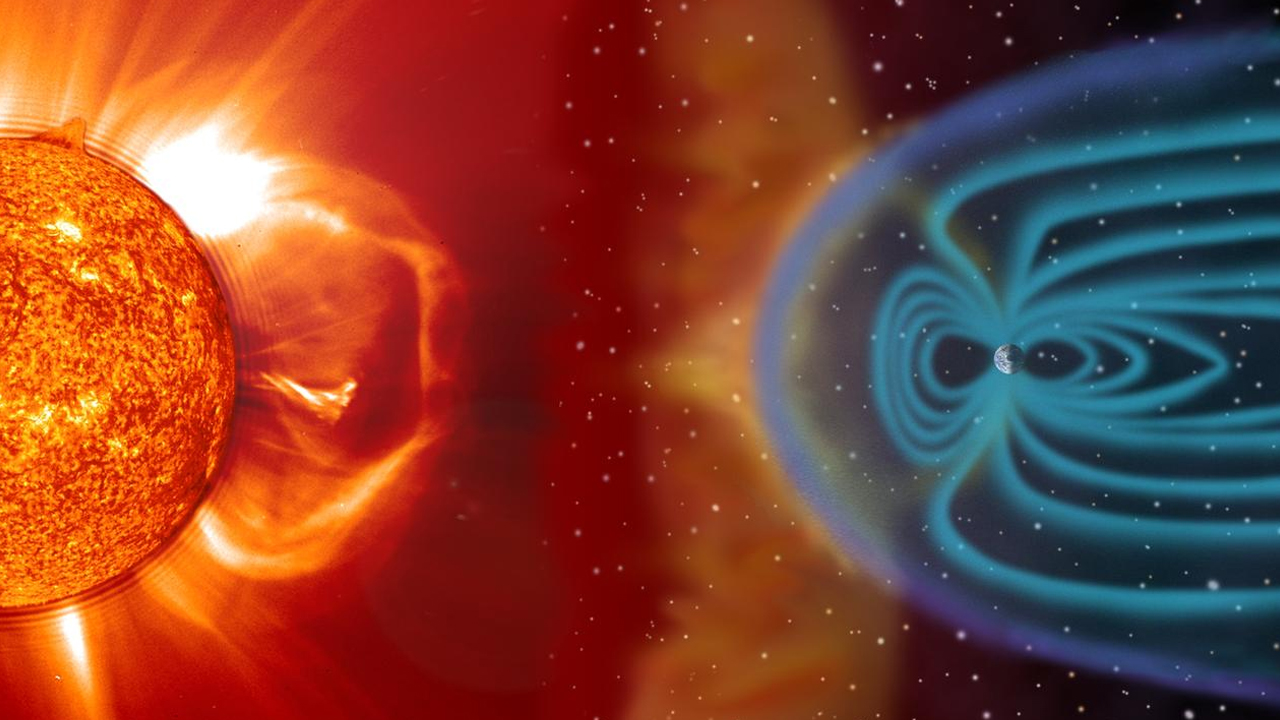
The solar wind, a continuous flow of charged particles released from the upper atmosphere of the sun, plays a significant role in space weather and has both captivating and challenging effects on Earth and its surroundings.
The solar wind is primarily composed of electrons, protons, and alpha particles (helium nuclei) that are ejected from the sun’s corona, the outermost part of the sun’s atmosphere. These particles are highly energetic and travel through space at speeds ranging from 300 to 800 kilometers per second.
The Sun Has Sunspots
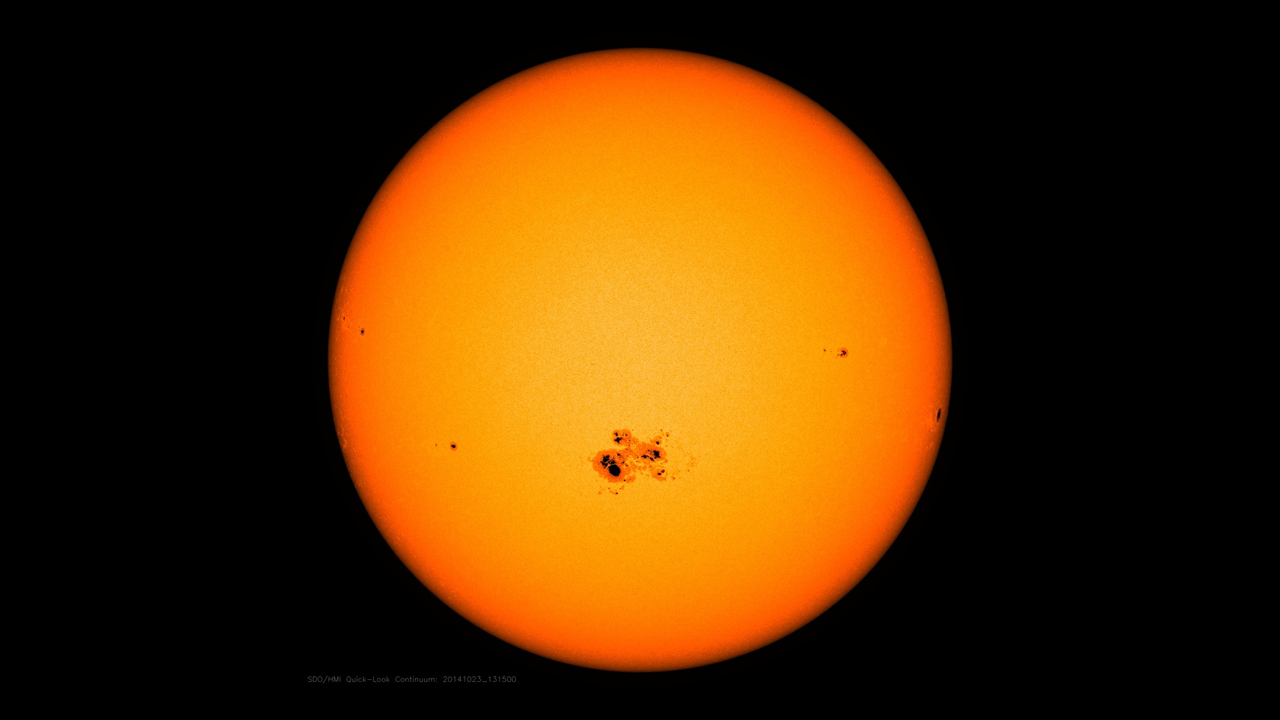
Sunspots are indeed intriguing features on the sun’s surface, known for their dark appearance and magnetic properties. They appear as dark patches on the photosphere, the sun’s visible surface. They are dark because they are cooler than the surrounding areas.
Sunspots are often associated with solar phenomena such as solar flares and coronal mass ejections (CMEs), which are massive bursts of solar wind and magnetic fields rising into space. These events can lead to geomagnetic storms that may disrupt satellite communications, navigation systems, and power grids on Earth.
The Sun Goes Through Regular Cycles of Activity

The sun’s 11-year cycle, known as the solar cycle, is a period of fluctuating solar activity that significantly impacts space weather and, to some extent, Earth’s climate. Each cycle varies in intensity and duration but typically follows a pattern of a solar minimum, when solar activity is at its lowest, and a solar maximum, when activity peaks.
We are currently in Solar Cycle 25, which officially began in December 2019. This cycle follows Solar Cycle 24, which was characterized by relatively low activity compared to previous cycles. Solar Cycle 25 is expected to follow a similar pattern of gradual increase in solar activity, reaching its maximum around 2025.
As Solar Cycle 25 unfolds, scientists and researchers continue to monitor and study the sun’s behavior to better understand its effects on our technology-dependent society and the natural world.
The Sun Is Essential for Life on Earth

Without the sun, the Earth would be a lifeless, frozen world. Its absence would halt photosynthesis, plunging the food chain into collapse and stopping the production of oxygen. Temperature on the planet would plummet, water cycles would cease, and any remaining life forms would likely be confined to deep-sea vents or other extreme environments.
The sun not only fosters life on Earth but also shapes the very nature of our planetary existence.
The Sun Can Cause Power Outages on Earth

Solar flares and CMEs are intense bursts of radiation and plasma from the sun’s surface, driven by sudden changes in the magnetic field. These can release huge quantities of electromagnetic energy and charged particles into space.
When directed toward Earth, intense solar wind streams associated with geomagnetic storms can disturb the Earth’s magnetic field. These disruptions can induce electric currents at the ground and in overhead wires, potentially leading to transformer failures and power outages. Satellites might experience disruptions in their operation or damage to their electronic systems, and GPS signals can be disrupted, affecting navigation and communication systems.
The Sun Is the Closest Star to Earth

The sun is about 93 million miles away from Earth, which might seem like a huge distance, but the next closest star, Proxima Centauri, is about 4.24 light-years away—over 268,000 times further away than we are to our sun!
sun’s proximity makes it the best-studied star, allowing astronomers to observe features like sunspots, solar flares, and magnetic fields in great detail. These observations help scientists understand stellar processes that occur across the universe.
Studying distant stars like Proxima Centauri requires more sophisticated instruments and techniques, such as those employed by space telescopes and long-range observatories.
The Sun Will Eventually Die
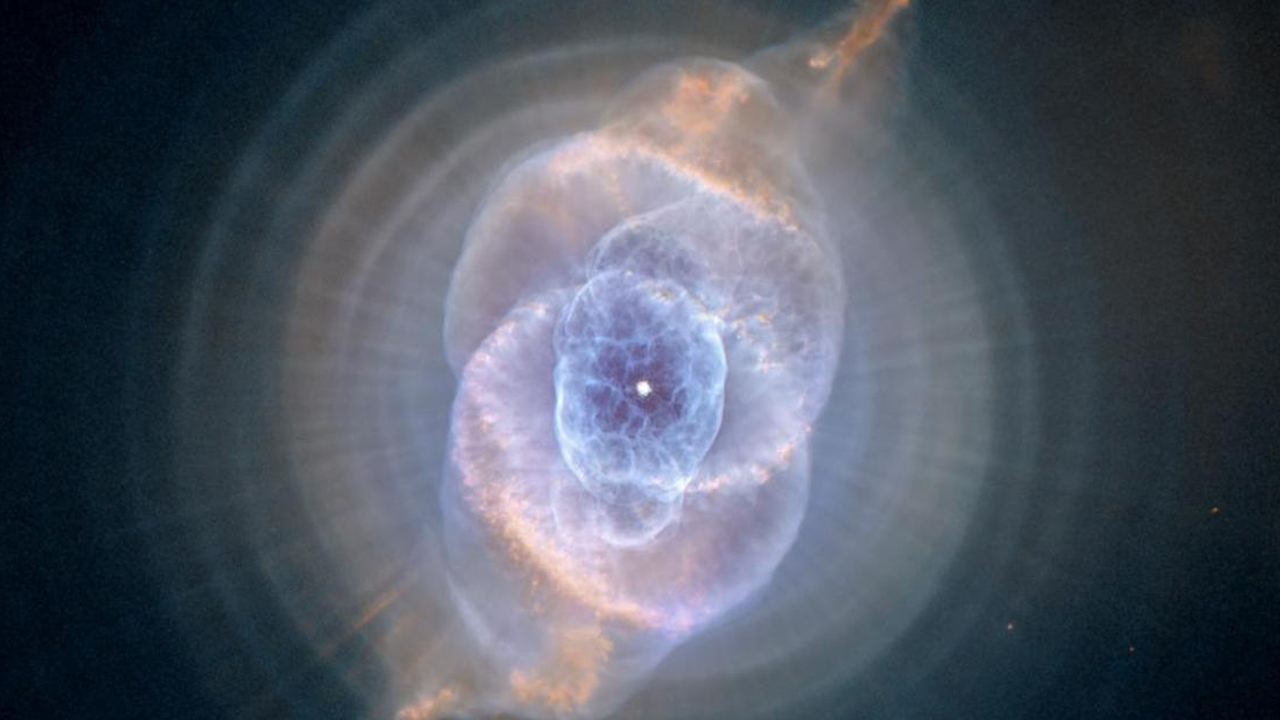
Like all stars, the sun will eventually run out of fuel and die. When this happens, the sun will expand into a red giant star, engulfing Mercury, Venus, and possibly even Earth. But don’t worry, this won’t happen for billions of years.
Even if Earth escapes direct engulfment when the sun becomes a red giant, the intense heat from the sun will likely render our planet uninhabitable.
The Sun Is Constantly Changing Shape
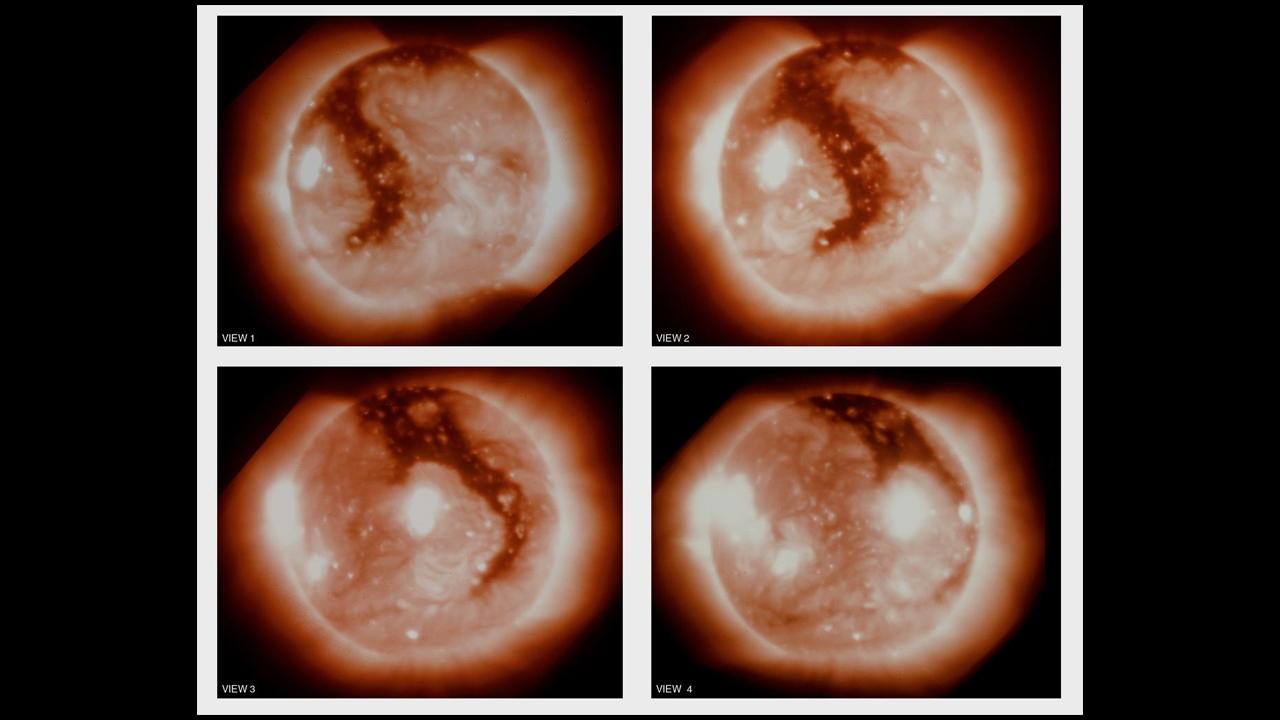
The sun is not a perfect sphere. It is constantly changing shape due to the complex interplay of gravity, rotation, and magnetic fields. These distortions are small, but they can be measured using specialized instruments.
The Sun Has a Powerful Influence on Earth’s Climate

The sun plays a crucial role in shaping Earth’s climate by acting as the primary source of energy that drives atmospheric and oceanic circulation patterns. Variations in solar activity, including fluctuations in the sun’s energy output and the frequency of phenomena like sunspots, can influence Earth’s climate system in several ways.
Understanding the influence of the sun on Earth’s climate is crucial for accurately modeling and predicting climate changes. This knowledge helps in preparing for potential impacts on agriculture, water resources, and overall planetary health.
The Sun Is the Source of Solar Energy

Solar energy stands out as a highly promising and increasingly essential renewable energy source, leveraging the abundant and consistent power of the sun. Its benefits are manifold, affecting various aspects of energy consumption and environmental sustainability.
The Sun Is a Fascinating Object of Study
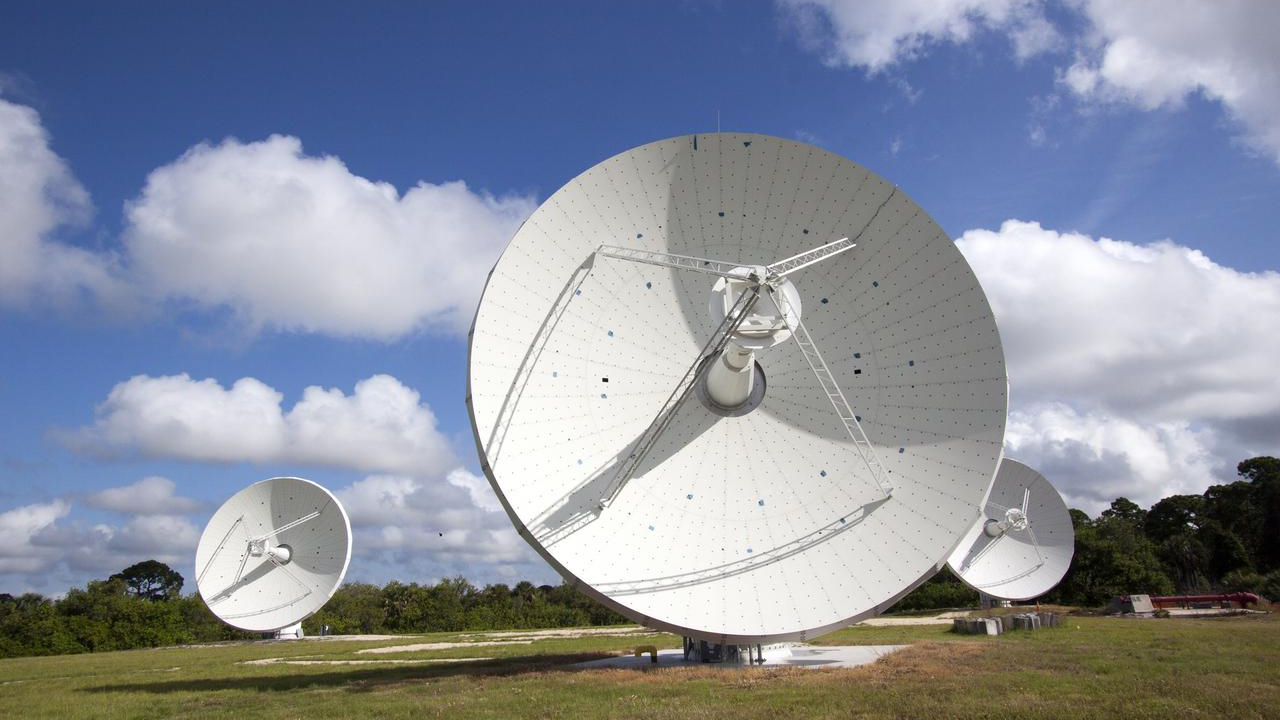
Despite how much we’ve learned about the sun, there is still a great deal that we don’t understand. Scientists continue to study the sun using advanced telescopes, satellites, and computer models, in order to better understand its complex behavior and predict how it will affect our planet in the future.
Ellen has been obsessed with logic puzzles, jigsaws, and cryptograms since she was a kid. After learning she was taught how to play chess wrong by a family friend (so they could win), she joined her school chess club and the rest is history.
